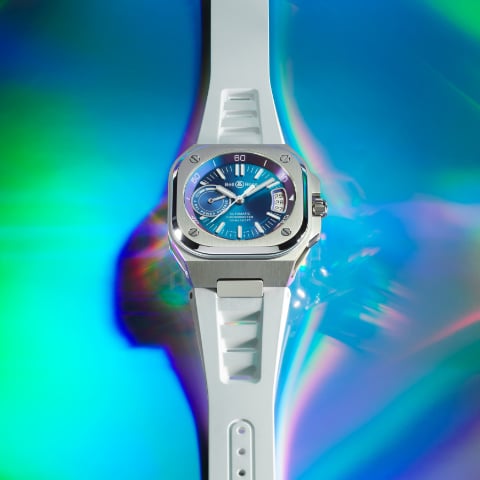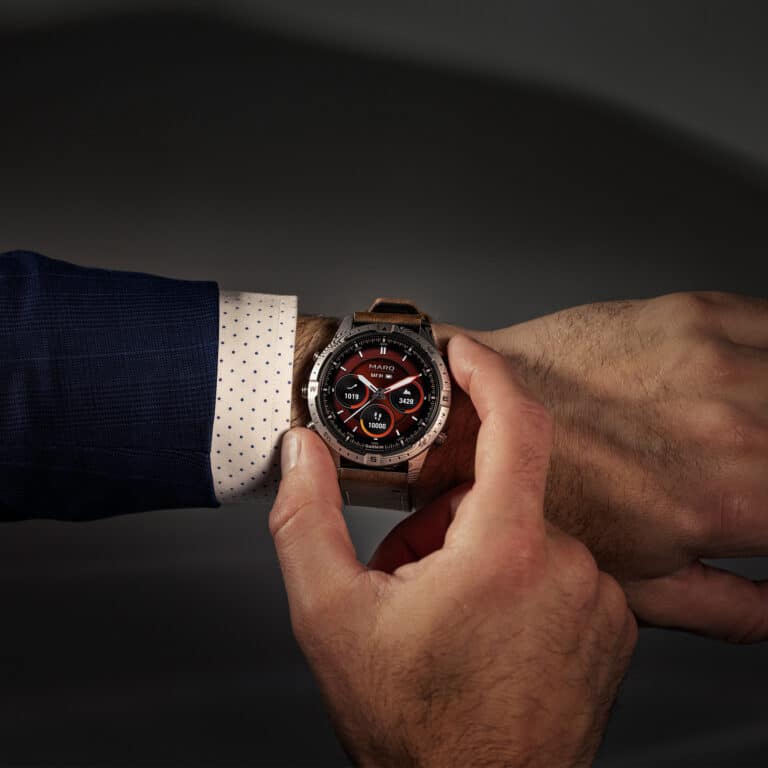DATE COMPLICATIONS
What is a Date Window?
A date window or date aperture is the display of the date on the dial of the watch. The date is often shown through a square box – hence the term ‘date window’ – or sometimes a small circle near the edge of the dial.
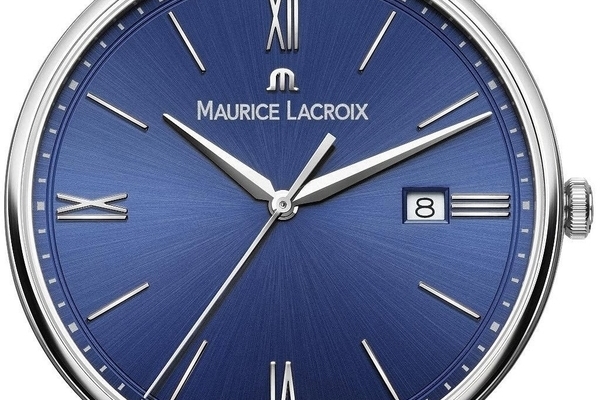
What is a Big Date?
Some people find that a normal date window is too small to read and instead would prefer something easily legible. To overcome this, some watches offer a Big Date feature. This is simply a standard date aperture that is either displayed through a larger window or equipped with a magnified lens above it to make it bigger in size.

What is a Pointer Date?
Rather than displaying the date through a small window, a Pointer Date watch shows the date by hand. The dates are displayed in a circle around the dial and a hand is used to point to the correct number.

What is a Day Date?
A Day Date function is the display of both the day and date. These can either be displayed separately on opposite ends of the dial or sat next to each other.
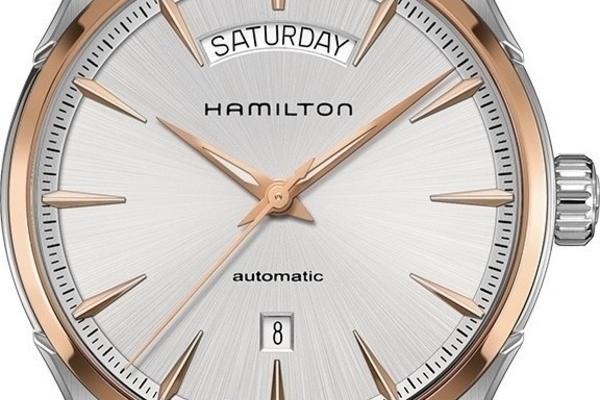
What is a Subsidiary Date Dial?
Rather than having a central hand or a window to display the date, some watches have a small seperate sub-dial within the main dial to show the date.

What is an Annual Calendar?
An annual calendar on a watch shows the date, date and month and requires very little adjustment. This complication automatically knows which months have 30 or 31 days, however the date will require resetting at the end of February since this only has 28 days.

What is a Perpetual Calendar?
A perpetual calendar is similar to an annual calendar since it also displays the day, date and month but instead will never need adjusting. Not only does a Perpetual Calendar know exactly how many days are in each month, but they also take into account leap years.

CHRONOGRAPH COMPLICATIONS
What is a Chronograph?
A chronograph is a watch equipped with timing functions that can be used just like that of a stopwatch. They can come in a variety of styles, most commonly having two or three sub dials which can measure elapsed seconds, minutes and even hours. Chronographs are distinctive not only by the sub dials but by pushers equipped on the side of the case which control each of the functions.

What is a Monopusher Chronograph?
Also sometimes referred to as a Monopoussoir, a monopusher is simply a chronograph with just one button at the side of the case which stops, starts and resets the chronograph functions. The disadvantage to a one-button chronograph is that is cannot measure interrupted time spans like that of a two-button chronograph.

What is a Flyback Chronograph?
Unlike a standard chronograph which requires three button-presses to stop, reset and start again, a Flyback Chronograph is equipped so that one button is pressed once for the hand to fly back to zero and instantly start counting again. This makes Flyback Chronographs useful for people that want to record time quickly and consecutively like pilots or divers.
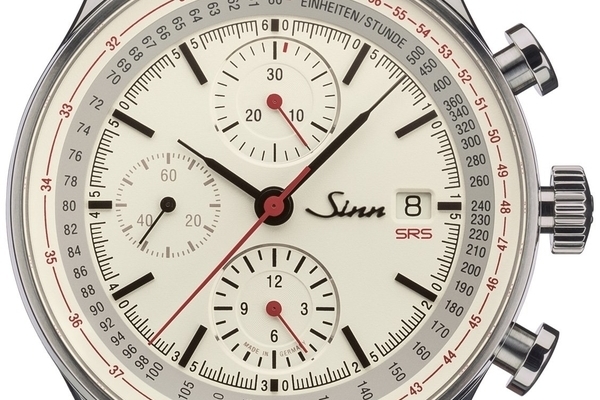
What is a Split-seconds Chronograph?
Sometimes referred to as a Rattrapante which translates to ‘catch up’, a Split-seconds Chronograph is equipped to time two intervals instead of only one. Unlike a conventional chronograph which has just one hand to show elapsed seconds, on a Rattrapante there are two, one directly above the other. When you start the timer, both hands move together looking like a single hand, but each can be separately stopped to record two different times.

What is a Tachymeter?
A tachymeter is a device usually found on the outer bezel of a watch to measure speed. A tachymeter is used in conjunction with a chronograph so the wearer can convert the elapsed time into an average speed.

TRAVEL COMPLICATIONS
What is a GMT watch?
A GMT watch is a timepiece that displays more than one time zone on the dial. This is often shown through either an additional hour hand which points to the hour of the other time zone or on a separate subsidiary dial.

What is a World Time Zone watch?
A World Time watch,or a World Timer watch is a timepiece that displays the time in 24 different time zones. This function is usually shown around the outer bezel or dial.

OTHER WATCH COMPLICATIONS
What is a Subsidiary Seconds dial?
Just like a subsidiary date dial, a Subsidiary Seconds dial displays the seconds through a separate sub-dial within the main dial.
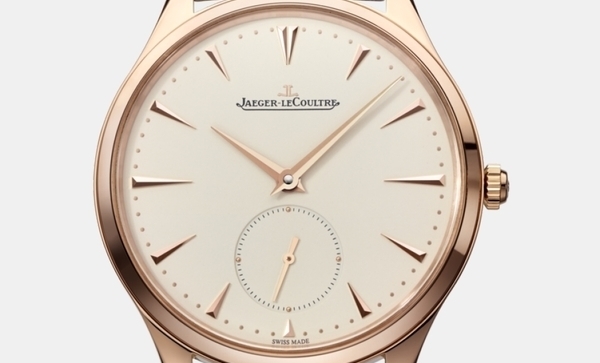
What is a Moonphase watch?
A Moonphase feature on the watch is one of the most stunning since it literally displays the phase of the moon through an aperture on the dial as we would see in the sky e.g full moon, half moon, new moon.

What is a Planetarium watch?
Similar to a moonphase function, a Planetarium watch displays the alignment of our solar system.

What is a Power Reserve Indicator?
A power reserve indicator on a watch allows you to see the amount of power remaining in a mechanical watch. When a mechanical watch has been wound up, the power reserve measures the amount of tension remaining in the mainspring and displays this on the dial. The power reserve on a watch can vary but they can be displayed in days, hours or through a separate sub dial.

What is a Jumping Hour?
Rather than having an hour hand that slowly sweeps around the dial, a Jumping Hour watch points exactly at the current hour and only jumps to the next hour when the minute hand reaches 60 minutes.

What is an Alarm Function?
Just as it sounds, a watch with an Alarm function allows you to set a separate alarm time independently to the main time. When the time comes, the alarm will alert the wearer by either making a noise, illuminating or vibrating.

What is a Single-Handed watch and how does a Single-Handed watch work?
Single hand watches can at first seem puzzling but the concept is very cool. Rather than having a minute and hour hand to tell the time, the watch tells the time using just the hour hand. This is done using the indices between each number to mark how many minutes has passed between each hour. Each marker counts as five minutes. If you look at the image of the watch below, the hour hand is on the fourth indice between 10 and 11. If we know each indice counts as 5 minutes, this must make it 20 minutes past 10.

What is a Tourbillon?
Although not a function displayable on the dial, a Tourbillon is an addition to the movement within a mechanical watch. A tourbillon feature improves the balance of a watch by helping eliminate accuracy errors caused by gravity and other forces. This is done by mounting the escapement and balance wheel in a rotating cage to contradict any effects of gravity. Tourbillon watches are known for being highly accurate and so tend to be quite pricey.

What is a Minute Repeater?
A minute repeater is a truly magical function on a watch. It displays the time with traditional hands but then chimes like a grandfather clock on demand. Minute Repeater watches are equipped with a button – often called a slider – which starts the mechanism to sound the time.


